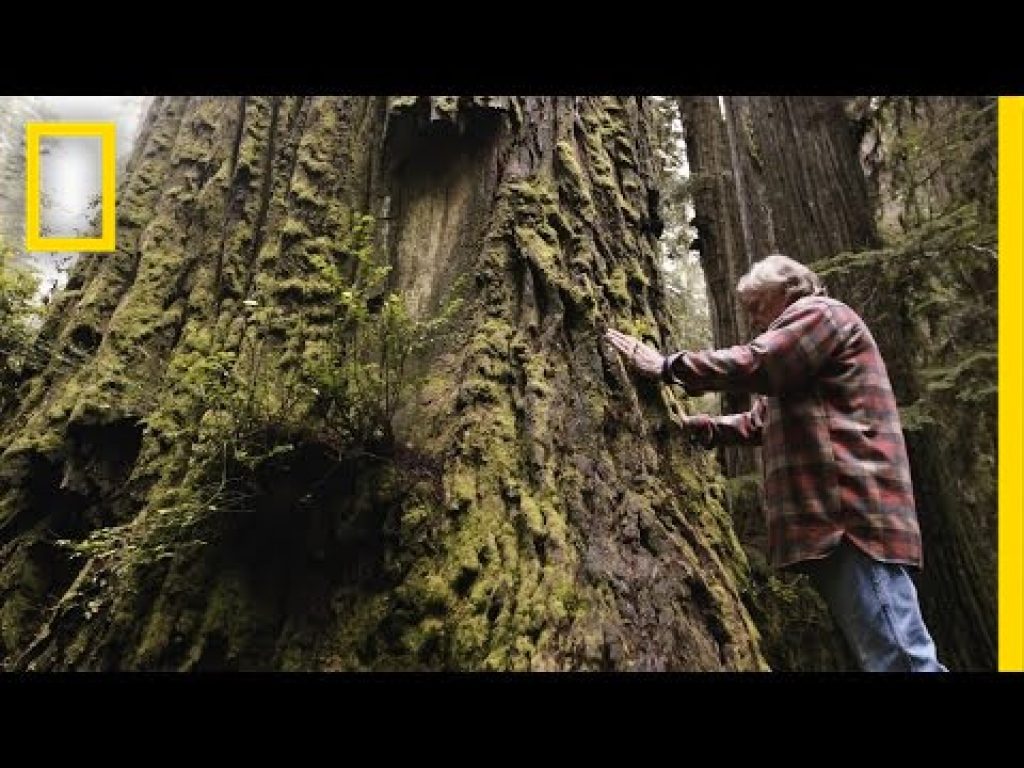Underground dome house of the family who led geese to fly home

Dome House
Paula and Bill Lishman spent many winters in a poorly-insulated A frame cabin before realizing they needed to go underground to use the earth’s energy to stay warm, so they knocked the top off a hill, dropped in ferro-cement domes and covered it up again with dirt. Thanks to skylights cut into every dome and the white-powdered marble that covers the interior, their earth-sheltered home is naturally well-lit despite being below the frost line.
Fifteen feet below ground, the soil temperature remains about equal to the annual average temperature of the area’s surface air so earth-sheltered homes use sod’s constant temperature to stay warmer in winter and cooler in summer.
What inspired the family in Ankara to build an underground dome house while keeping the environment in mind?
In the hills of Ankara, Turkey stands an astonishing underground dome house that has not only amazed the world with its impressive architectural design but has also been the home of a family who revived the ancient tradition of leading geese to fly home.
The story behind this house starts with a family of three in Ankara who desired to build their dream home while preserving the environment. They sought to build a house that would blend in with its natural surroundings, conserve energy, and use sustainable materials.
The result was a unique and visually stunning underground dome house. The house is built into the hillside, creating a space that is both warm in winter and cool in summer, without the need for artificial heating or cooling. The house features a circular design that allows natural light to flow in and creates a sense of openness and connection to the outdoors.
What makes this residence even more remarkable is the family’s humanitarian work of teaching young geese the aerial migration path of their forefathers from Turkey to Lake Van in eastern Turkey, over seven generations. The family, comprising of Hilmi and his wife Fatma along with their son Burak, cares for the geese and leads them each year on a journey that is both fascinating and remarkable.
Hilmi and Fatma’s ancestors once led geese on their migration, but with the advent of industrialization, this tradition faded. However, the family decided to revive it by raising newly hatched geese from two months, adapting them to human supervision, and teaching them how to fly the migration trail. Impressive? Yes. But what makes it even more remarkable is that Hilmi does not use any digital tools, relying only on his traditional knowledge to teach the geese.
The family even set up the project “Wing of Hope” to raise awareness about the Geese migration, their conservation, and the culture that has sustained the tradition for years. The project attracted visitors and scientists from all over the world, and the family of the Underground Dome House became celebrities in their own country.
The underground dome house, as a work of art and an ecologically-sustainable living space, and the family, for their extraordinary humanitarian work, has won accolades globally. The house, in particular, has been featured in numerous architectural and lifestyle magazines for its innovative design and sustainable living practices.
In conclusion, the story of the family that leads the geese to migrate home, living in an underground dome house, serves as a reminder of the importance of preserving cultural traditions, living in harmony with the environment and animal species, and the need to support sustainable living practices. Countries worldwide can learn from this family who have successfully combined human values, cultural heritage, and eco-friendly living in their everyday lives.









Van Life with Wee Man | Converted Mercedes Sprinter
Batman Cosplay Breaks World Record
$100 Million One-of-a-Kind Mega Mansion
Meet the Man Who Escaped the Soviet Bloc in a Homemade Plane
9 Constipation Life Hacks That Actually Work | Hack My Life #20